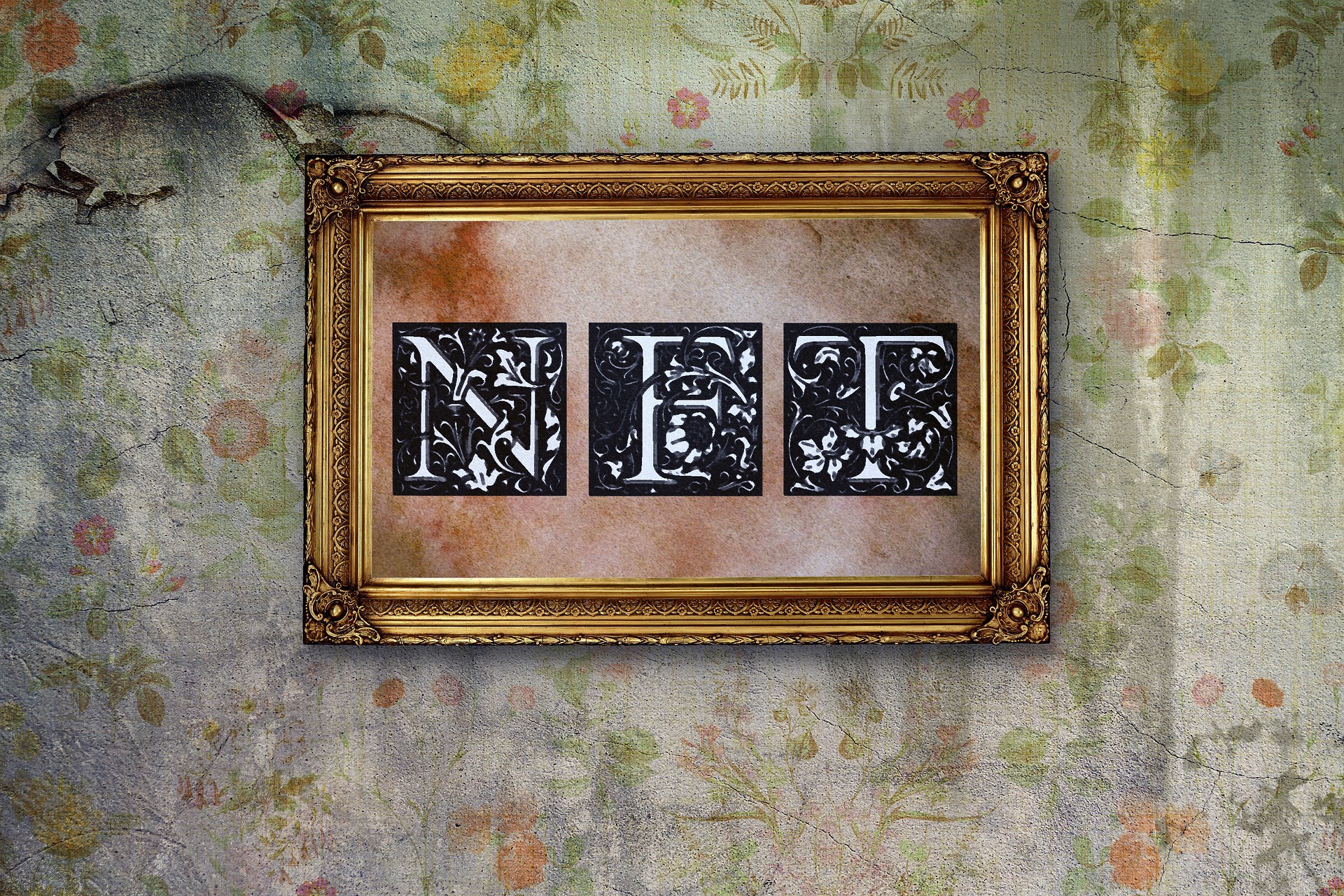Art is an integral part of the human experience. Art influences society by instilling values, changing opinions, and translating experiences. Research conducted by several organizations, including the University of Northern Colorado, has shown art affects the fundamental sense of self.
It’s no surprise, then, that artists tend to want to be a helpful force in society and, in general, care about both others and the planet we inhabit. Artists of all kinds are usually the first to respond to a crisis, offering a percentage of their profits (and sometimes all of it) to good causes. And there lies a dilemma.
The NFT/artist paradox
Non-fungible tokens (NFTs) have exploded in the last two years. NFTs ballooned to a $41 billion market in 2021 and are catching up to the total size of the global fine art market. Investment bank Jefferies raised its NFT market-cap forecast recently, projecting over $80 billion by 2025.
So it’s natural for artists to join the NFT train, not just for their own needs but also when they want to make an impact by helping to raise money for those in need.
While NFTs are attractive, there’s an inherent problem. Excluding the energy needed to design and create the original piece of art, Memo Akten says the average NFT uses 340 kWh of energy, resulting in 211 Kg of CO2 emissions. To put that in perspective, TVs consume an average of 106.9 kWh of electricity per year, and the CO2 emissions from all human activity amount to 15 Kg a day.
As a consequence of the thousands of articles written about the environmental cost of NFTs, many artists are staying away from the latest trend in blockchain, choosing instead to combine non-Blockchain technology with sustainability, circular economies, and philanthropy.
Art, technology, and philanthropy, but without the environmental impact
One such example is the collaboration between Faircado – a sustainable shopping assistant that aggregates second-hand products – and Solidartsy – a non-profit that empowers women in the visual arts to set up their businesses. Along with several artists that have, at their core, a common goal to create art from existing materials, they have come together to create the Circul’art Fair, timed to launch on International Women’s Rights Day, March 8.
With their French, Indonesian, Iranian, Belgian, and German influences, the artists participating in the first “Circul’Art Fair” create an eclectic collection that blurs the lines between art and fashion and shows how beautiful and sensual sustainability can be.
The works range from illustrated textile art by the southern French slow fashion artist Uma, whose pieces celebrate natural beauty and self-love, to unique vintage jewelry by the Berlin upcycling goldsmith Anne Dannien, and moving collages from the Belgian artist Fanny Goerlich, who turn our ideals of beauty upside down. You can find an overview of the artists here.
The organizers will transfer all profits from the Circul’art Fair to associations that strengthen women and girls in war and crisis regions or work to integrate migrants and refugees. No matter their skin color, religion, or sexual orientation. The capsule collection is being hosted online on the Faircado website. Interested visitors can view and acquire unique art and fashion creations, safe in the knowledge that each has been produced with sustainability in mind.
Of course, anyone donating their time, effort, and profits for good causes is to be admired and applauded. But we should always ask ourselves if the technology we’re using to do so is the most appropriate for the task. NFTs offer great promise and are generating some frankly insane revenues, which increase the donations on offer, but if it costs us the Earth in the process, is it all that good?
This article originally appeared on Hacker Noon and is reproduced with permission.


